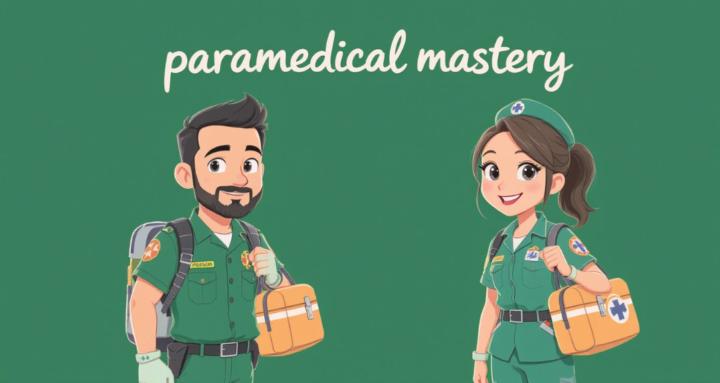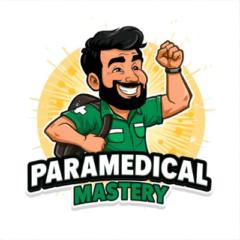
Write something
Best Ways to Explain Procedures to Anxious Patients.
Communication with patients who are anxious is very important and challenging parts of our careers in healthcare. How do we then explain these procedures which may have an impact on their experience, cooperation, and general outcome. Ill go through some of the key strategies that I have learned over the years from my colleagues and from some research. 1) Use simple and clear language- Avoid any complicated words or medical jargon, keep it all simple as it you’re explaining to your family. An example of this would be instead of saying you will “use an iv catheter”, replace this with “I’m going to use a small tube in your arm to give you medication”. 2) Break it down Step by Step- Anxious patients will become overwhelmed by not knowing what is happening next. Letting them know how it will start, and finish gives the patient a little bit of preparation and can reduce the uncertainty. 3) Be honest and reassuring- Don’t hide information from the patient, frame it gently. If discomfort is possible, it is better to let them know and explain how you will manage that discomfort. “You may feel a small prick, but it will only last a few seconds” 4) Use visuals or demonstrations- Some people understand better once they have seen it. Maybe diagrams, models or show them the equipment. 5) Allow them to ask questions and listen activity- This is important as it lets them build rapport with you and allows you to build that empathy towards that fear 6) Offer Coping Strategies- Simple things like even breathing techniques, focusing on points of the room, or having a support person (family member). Giving them a choice helps to reduce anxiety. 7) Show empathy and Support- A calm tone, warm body language and validation can help “Its normal to be scared in this situation” it can go a long way to ease the patient. Remember our words can either make the fear worse or calm them. Taking those few extra seconds can be the difference between a combative anxious patient and one who will comply with you to build a better patient experience.
2
0
CPD Tip: Try a New Simulation Scenario This Week 🚑
Simulation isn’t just for students, it’s one of the most effective ways for paramedics at any level to sharpen clinical skills and decision-making in a safe environment. Running through new or unfamiliar scenarios helps build muscle memory, improve teamwork, and boost confidence when facing real emergencies. It also gives you space to make mistakes, reflect, and refine your approach without risk to patients. Whether it’s a complex trauma, a paediatric arrest, or a challenging communication scenario, pushing yourself beyond the routine can make a real difference when seconds count. 📚 What scenario would you like to practise next?
1
0
Why Paramedics Should Keep Learning Beyond the Guidelines
Clinical guidelines are a vital foundation for safe and effective practice which are built from evidence and give us a clear framework for decision-making. But they are not designed to cover every situation we encounter. Real patients don’t always follow the textbook. Comorbidities, complex presentations, and unpredictable environments mean paramedics often need to think critically and adapt. Learning beyond the guidelines through research, case reviews, CPD, and reflective practice builds deeper understanding and sharper clinical judgement. 📖 This ongoing learning helps us recognise subtle signs earlier, tailor care to individual needs, and deliver the best possible outcomes, even in unusual or challenging cases.
0
0
🚑 To My Fellow Paramedics & Future Clinicians 🚑
As we continue to grow in this ever-evolving field, it’s important that we grow together. Whether you're just starting out or have years of experience under your belt, we all have something valuable to share—and something new to learn. Lately, I’ve been reflecting on how we can better support each other as professionals, students, and as people who care deeply about the work we do. I’d love to hear from YOU: 👉 What topics do you want to dive deeper into?👉 What challenges are you facing in the field, the classroom, or in personal development?👉 Where can I offer insights, experience, or even just a listening ear? This community is built on shared passion, resilience, and a commitment to excellence. Let’s keep pushing each other forward. 💪 Drop your thoughts, questions, or ideas below—I’m here for it. Let’s build something meaningful together. 🔥
1-4 of 4

skool.com/paramedical-mastery
A group committed to supporting your growth not only as a paramedic or clinician, but as a well-rounded student and healthcare professional.
Powered by

